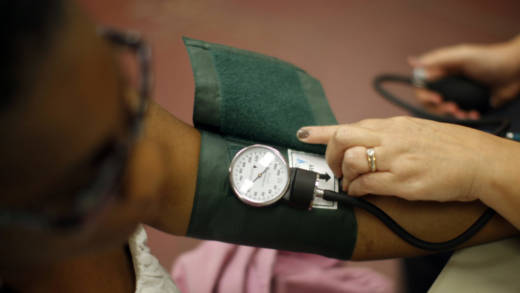After learning an ingredient used to make a widely prescribed heart drug contained a substance linked to cancer, the Food and Drug Administration is now testing all drugs in that class for traces of the toxic material.
The probe into angiotensin II receptor blockers is part of a widening investigation into a mystery over an impurity known as NDMA, which was found last month in generic valsartan blood pressure pills made by Zhejiang Huahai Pharmaceutical. NDMA, which is considered a possible carcinogen by the Environmental Protection Agency, is an organic chemical once used to make rocket fuel and is an unintended by-product of certain chemical reactions.
The finding caused widespread concern and product recalls by several manufacturers as the FDA and regulators from other countries scrambled to determine how the substance found its way into the medicine. The FDA issued a statement saying it believes the problem occurred “through a specific sequence of steps in the manufacturing process,” but the agency is “still not 100 percent sure this is the root cause.”
Numerous companies either manufacture or repackage these drugs, which are regularly used to combat high blood pressure and heart failure. As of now, they noted that more than half of all valsartan medicines that are on the market are being recalled.
The episode underscores ongoing concerns about the quality of the pharmaceutical supply chain emanating from countries such as China and India that are large ingredients manufacturers, but have a history of inconsistent — some say inadequate — government oversight. A 2016 report by the U.S. Government Accountability Office found the FDA was struggling to assess its overseas inspection efforts.

